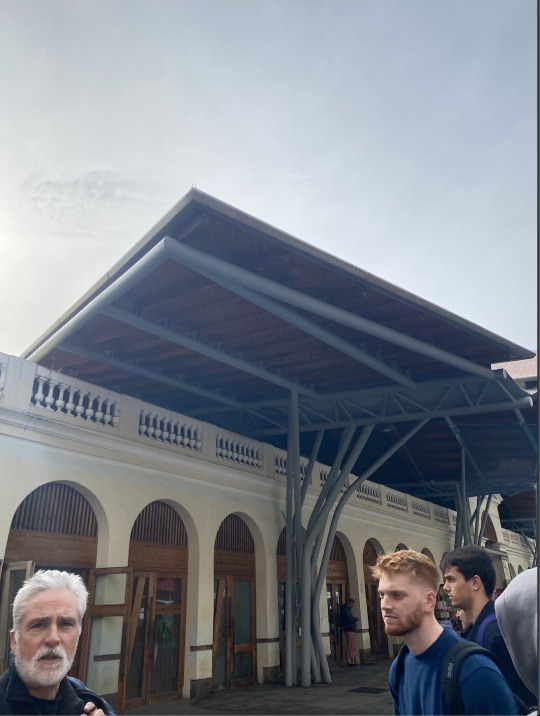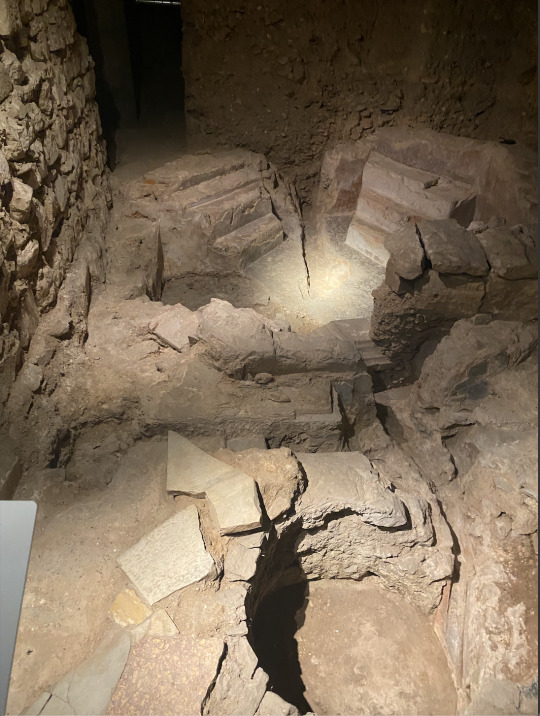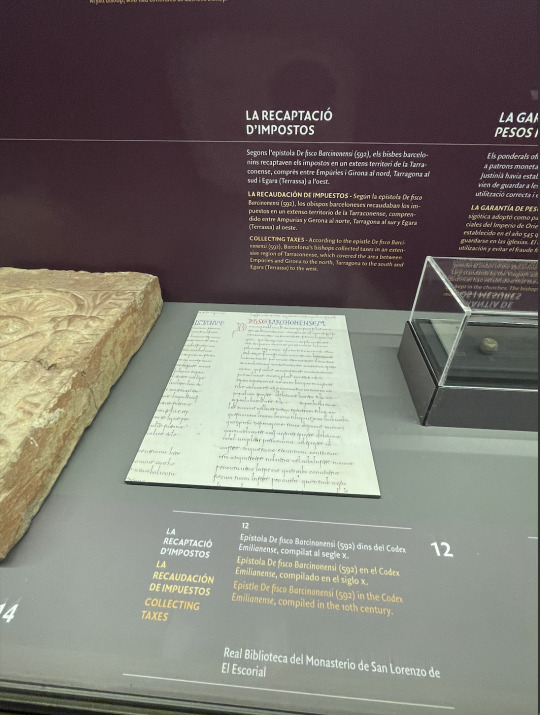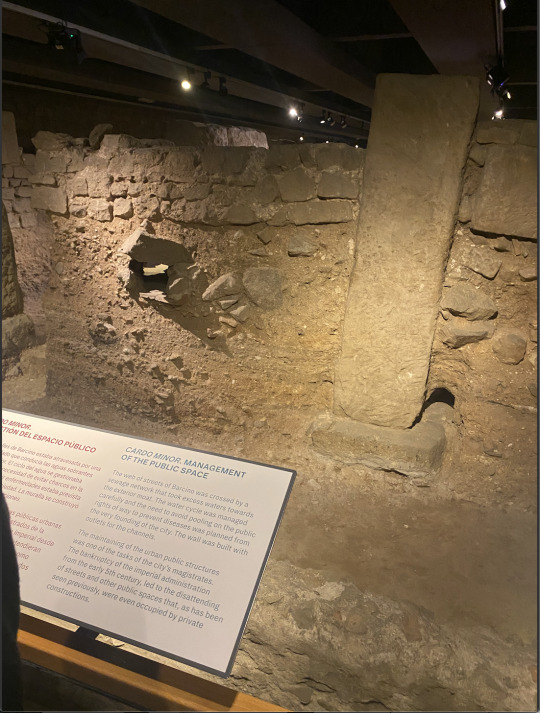Don't wanna be here? Send us removal request.
Text
What is el Consolat de Mar?
El Consolat de Mar means "The Consulate of the Sea". Its purpose is to administer maritime and commercial law. It can be described as a judicial body and they allowed merchants to settle their own disputes. Juame I was the main leader in this as he received financial support for allowing the merchants to settle their own disputes.

0 notes
Text
Changes in Catalan Society after September 11th, 1714
There were a lot of changes in Catalan society after September 11th 1714 when the decrees of Nova Planta were proclaimed in Catalonia by Philip V. Mention. Septemeber 11th is known as a very important day as it is known as the Catalan National Day. For a lot of people, September 11th is important because it represents that last time Catalonia's independence would be lost and the beginning of its submission to the Spanish monarchy. This independence movement in Catalonia is still happening to this day as many citizens are wishing to regain full political freedom and independence from the political powers in Madrid. Depending on the person, some celebrate it for the reason of wanting independence from Spanish power, but others look at it as a day to celebrate Catalan culture and identity.


0 notes
Text
Cultural relation and symbolism of these five places Take on account the different historical periods in each case. a) Santa María del Mar

This is known as the only surviving church in its pure Catalan gothic style. This church was built to honor the conquest right in a neighborhood where people are living. It is a Catholic Church "for the people" and paid for by the port workers who lived in the neighborhood that this church is placed in. b) El Mercat del Born



This market was the first large iron architecture building that was designed in Barcelona. While today it is used as a food market, it wouldn't have been here today if it wasn't for the recovery of the grounds of the military fortress of the Citadel. This market contains the remains for War of Succession in 1714. At this market you can see the ruins which I was inserted a picture of them above. c) El Fossà de les Moreres

El Fossá de les Moreres was built on an old cemetery and it commemorates those who have fallen during the siege of Barcelona in 1714. The reason it is placed here is because many of the defenders killed in combat were buried here. d) La ciutadella Park (The Fortress of Philip V by 1714)

This citadel was ordered to built by Philip V of Spain to control Barcelona after the War of Succession. During my research, the history of this area is very important to Catalans because during the Spanish War of Sucession Catalonia went into an alliance with Charles of Austria and fought against Felipe V and ended up losing the war.
0 notes
Text
Main architectural aspects that distinguish the craftsman-work buildings to the industrial production ones.
The Craftsman-work buildings have smaller spaces, windows, balconies, doors, and staircases as compared to the other buildings. They are also smaller than most of the first floor spaces as these spaces had larger rooms with bigger balconies and windows. As I was walking through I had also noticed that the roads were also very small as well. *Inserted below I have a picture of the small streets along with the architectural changes they added to these streets in order for horse carriages to move throughout these very narrow streets.*



0 notes
Text
"La Casa-taller"
Learning about how house-workshops were built and the purpose of them was very interesting to learn about during this trip. The house-workshops that we saw were very small as it was mainly used to sleep at night. The first floor of these buildings, along with the balcony and windows, were larger than the other floors above it. Inserted below are pictures I took of the size differences between the first floor and the other ones above it. I also included pictures of how small the staircases are along with the doorways as well.



0 notes
Text
Five streets dedicated to craftsmanship or trades
While on this field trip we were walking around the guilds. The guilds where part of Barcelona's economic life as people traded in these areas. The roads were named after who lived there and what they would trade/make. For example we saw the streets of: (pictures also inserted below)
Carrer de Candeles: Candle making guild
Carrer de Cottoners: The cotton guild
Carrer de Corders: Robe making guild (wool)
Carrer de Semoleres: Cous Cous makers



0 notes
Text
Visigothic Influence in Catalunya

In the museum, the Visigothic influence was found where the first Christians were baptized. Here we found the first Visigothic Baptism Pool. I learned that the pool had a cross in the center of it in the 6th century. It had changed along throughout the years for example, it started as a square and then moved into the shape of an octagon.
0 notes
Text
Food and Wine in Roman Times

The roman wine culture was very influential based on what I saw at the museum. The picture inserted above is the old cellar where the wine was processed and aged. The process to make wine during this time was very ahead of their time as this cellar also contained two vessels within the pavement where they held honey and sea salt and other ingredients that were added to the wine.
During class we also learned about the God, Dionisio Baco. He was the Greek God of wine and soon after wine became the blood of Jesus and was sacred for Christianity. This ties in the connection to religion in the Roman time.
0 notes
Text
Domestic Objects




While walking around the museum we saw a lot of domestic objects that were very similar to the ones we use today in our everyday lives. Some of the items being pots, bowls, and cups to use in the kitchen. While these items were made out of clay, it isn't uncommon to see them used in kitchen today. I found this very interesting as a lot of the domestic items we saw in the museum are similar to the ones used today. For example, they used scissors, makeup and even had games that kids still play today like Tic-Tac-Toe. We also found dice and tokens which looked very similar to the ones seen and used today. Another domestic item I saw was spoons which still represent very well the spoons that are used today. Finally the sewing tools also are very similar as the ones used today.
0 notes
Text
Roman House or Domus Terms
a. What is the Culina in a typical Roman House or Domus?
Culina in a typical Roman House or Domus is the kitchen.
b. What is the Peristylum?
The Peristylum was an open-air courtyard surrounded by pillars. The interior was usually an open space or garden.
c. What is the atrium?
The atrium in a roman house is a sky-light covered space surrounded by a building. They were common as they provided light and ventilation to the outside.
d. What is the triclinium?
The triclinium in a Roman House is known as the dining room
0 notes
Text
Roman Religious Artifacts



Each one of these images that is shown above are examples of Roman Religious artifacts that I found during my museum visit. As we have learned Polytheism (the worship of many gods) has moved onto Monotheism (worship of one individual god). The three examples of religious artifacts that I have included in this post show the influence religion had on people during the Roman era.
0 notes
Text
Roman Monumental Influence and it's Engineering Capacity





Starting with the first photo I added from the museum, the streets of Barcino are shown and it shows it being crossed by a sewage network that took water to the outside moats. This water cycle was controlled and managed well and it was built very well as the walls were built with outlets for the channels. As compared to today's Catalan streets and sewer systems, the one's today are a lot more advanced with today's era and fast paced moving generations.
As for the second photo I took, it shows an example of preserved Roman architecture (pillars) and behind you can see the window of apartment buildings. From this you can really compare the old and new architectures of Catalan buildings today. The new addition is a lot more modern as compared to the Roman pillars.
I took the third picture while on our walking tour during class. I remember our professor speaking about how this wall is very significant as one portion of it shows the older architecture of the stones and the others shows the newer version. I like comparing old vs. new architectures on buildings and walls such as this one because it is very interesting to see and learn about.
For the fourth picture, I took this picture while in the museum and it is known as a defensive ring road and it is located between the wall and the first line of houses.
Finally, while in the museum I saw lots of walls that looked very similar to this one. These were how the walls were architectures during the Roman times.
1 note
·
View note